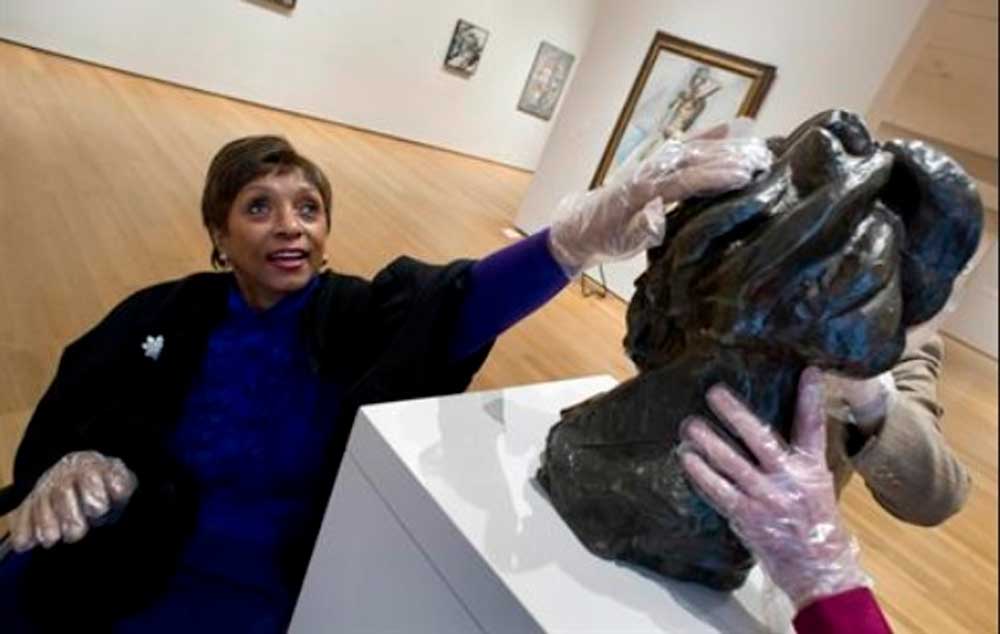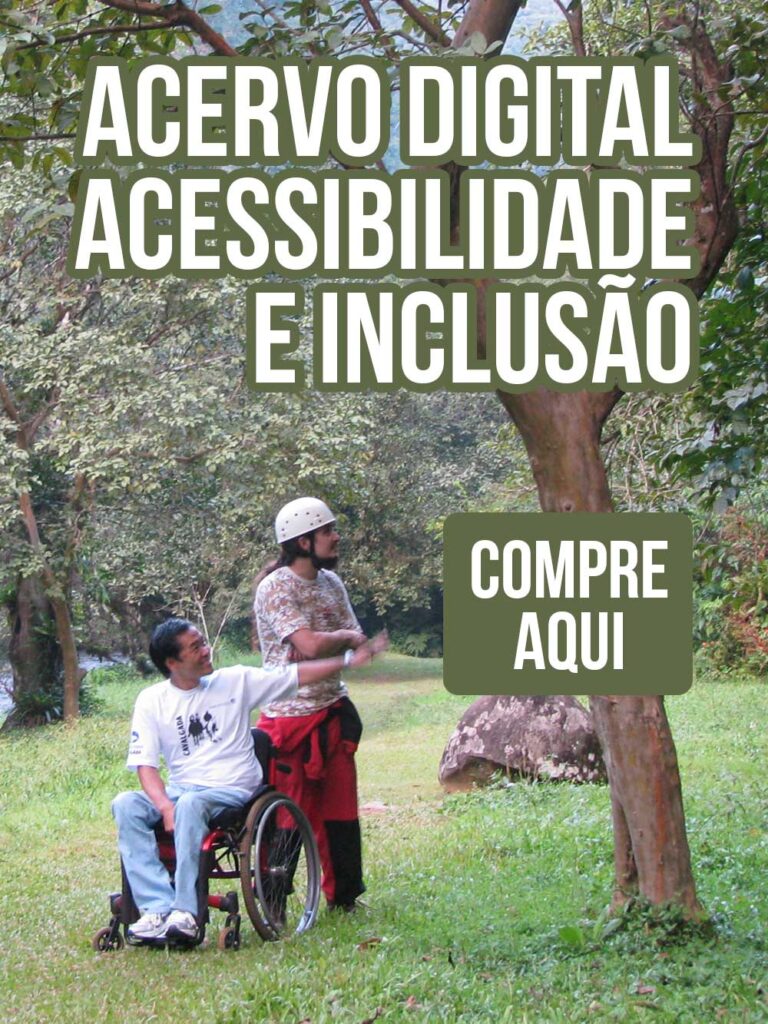
For sightless MoMA visitors, the love of art is blind
Her eyes see nothing, but when Barbara Appel runs her fingers over the face of a Picasso sculpture in New York’s Museum of Modern Art, she sighs with pleasure.
Most people go to museums to look at work, but for some at MoMA, love of art is literally blind. Each month, a small group with various levels of impaired vision accompanies an expert guide to the famed Manhattan museum.
For Appel, who is 62 and suddenly lost her sight just over a decade ago, the Art in Sight program is a lifeline to a vital part of her world that she feared had vanished.
“With this, I really feel I’m connected, I’m connected to something I’ve always loved, something that gave me so much motivation,” she said, recalling the inspiration she drew from museums in her career as a jewelry designer.
On this month’s tour, a group of about 20 visited an exhibit called “Inventing Abstraction, 1910-1925.”
Most of the works were fragile paintings or drawings, so touching was not allowed.
Visitors had to rely instead on their guide, and their imaginations, to visualize the rule-breaking, hard-to-describe works of Vasily Kandinsky, Kazimir Malevich and other early 20th-century iconoclasts.
At each piece, the group paused not just for a careful description from the guide, but a conversation about the work’s meaning.
Much time was spent at a 1918 sculpture by Marcel Duchamp with the deliberately awkward title, “A Regarder (l’autre cote du verre) d’un oeil, de pres, pendant presque une heure,” or “To be looked at (from the other side of the glass) with one eye, close to, for almost an hour.”
“It’s a long rectangle base which is just the base, not the artwork,” the guide, Jennifer Gray, said, pointing at the box under the actual Duchamp.
As she detailed the sculpture, a cracked glass screen filled with geometric shapes, one of the visitors lifted a mini-telescope to her eye.
From her wheelchair, Appel looked vaguely in the right direction as her husband Barry filled in the gaps.
“The glass is cracked,” he said.
“Really?” Barbara exclaimed. “That’s interesting!”
Then Barry peered through the Duchamp piece. “I’m looking into the future,” he quipped.
Moving on to another Duchamp, Gray reorientated the group orally. “The box behind,” she said, “behind me, behind my voice.”
Carrie McGee, who oversees MoMA’s programs for the disabled, said the blind were first invited to tour sculptures in the 1970s.
Then a decision was made to take on the challenge of showing the visitors paintings and other objects that couldn’t be touched.
“We often brainstorm,” she said, “to make the experience as multisensory as possible.”
One of the guides – all art experts from outside brought in by MoMA – said working with the partially sighted had opened her own eyes.
“It helps me to see the art better, because I have to describe it in a way that is more discernable,” Deborah Goldberg said. “They’ll discover things that we overlook frequently.”
The direct connection made by touching sculpture is unbeatable.
After the regular tour, MoMA staff agreed to take Appel to the Picasso exhibition, which includes one of the first steps in the development of Cubism, a bronze head of the artist’s lover Fernande Olivier.
Eyes fixed somewhere on the ceiling, Barbara’s expression was one of pure concentration and extreme delight as her left hand navigated the unusual contours.
“This is her face, here,” she said, touching the angular nose and cheeks.
“Feel the sharpness of her nose,” her husband suggested.
“You touch what’s being described to you and it becomes total reality,” Appel said. “I’m still seeing. I’m still taking in the arts as I did. There’s wonderful sight in the mind of a person.”
Source: The Daily Star
Compartilhe
Use os ícones flutuantes na borda lateral esquerda desta página
Siga-nos!
Envolva-se em nosso conteúdo, seus comentários são bem-vindos!
Artigos relacionados
Buffet sem acessibilidade. Aprenda a evitar esse problema.
Buffet sem acessibilidade. A maioria dos buffets são inacessíveis e causam dificuldade ou impedimentos para pegar a comida com independência.
Nada sobre nós sem nós. A inclusão que gera resultados.
Nada sobre nós sem nós. Nada melhor do que saber das próprias pessoas com deficiência, a melhor forma de como lidar com a acessibilidade.
Entenda o que é capacitismo, e seja socialmente correto
Entenda o que é capacitismo. Aprenda a evitar atitudes preconceituosas e discriminatórias para com as pessoas com deficiência.






0 comentários